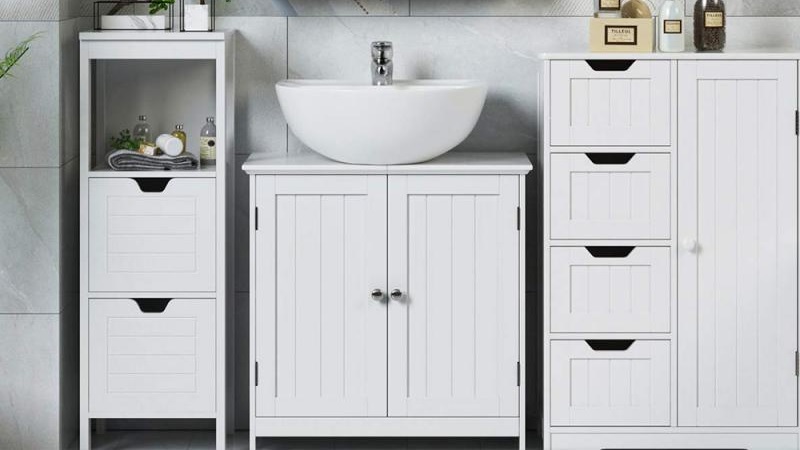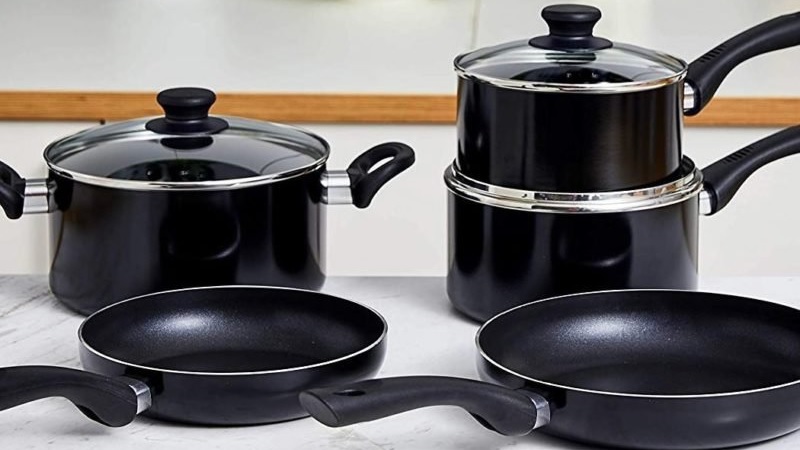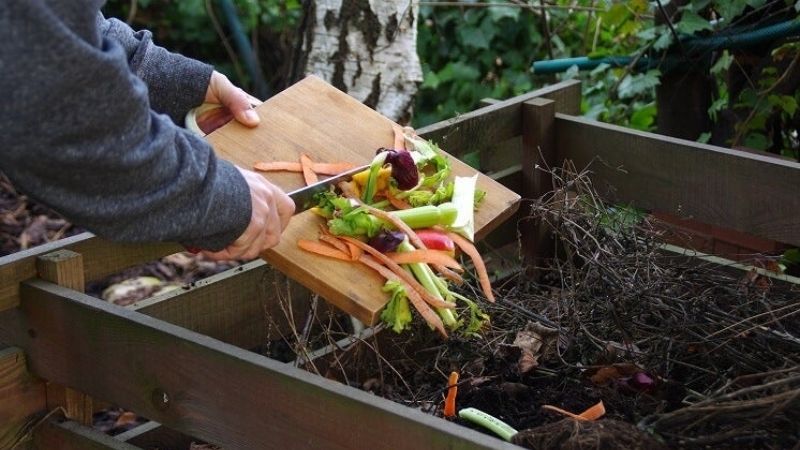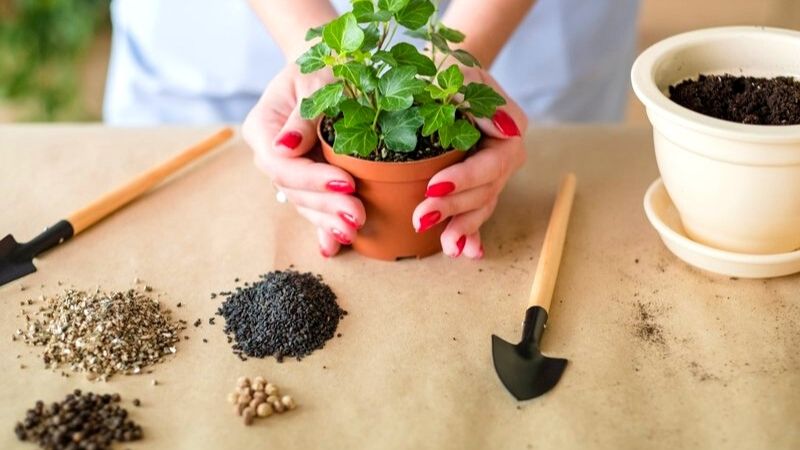20 Easy to Care for House Plants

Do you want plants in your but don't have time to care for them?
If so, you should look for low-maintenance house plants which look great and require minimal effort.
This article will teach you the different types of plants and how to take care of them, such as where you should put them and how often they need watering. The plants in this article are the easiest indoor plants, so if you are busy, these plants will be perfect for your lifestyle.
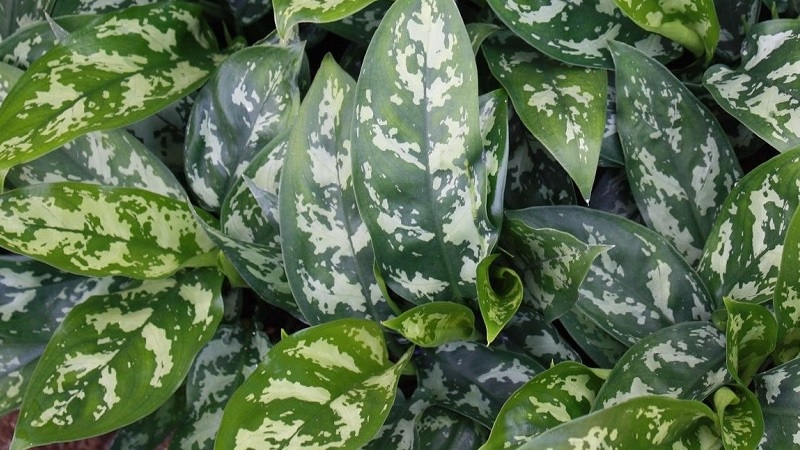
20 Easy To Care for House Plants
Here is a list of twenty easy to care for house plants for beginners:
1. Golden Pothos Vine Plant
This house plant prefers bright, indirect light, although it can also withstand medium to low indirect light. They should be watered every 1-2 weeks, and the soil should be allowed to dry out between watering. Watering should be done more frequently in a better light and less frequently in lower light. Use a potting mix that drains effectively. To promote soil aeration, add substances like perlite or lava rocks as needed.
2. Aglaonema Maria
It's better to check the moisture level in the soil with your finger or a soil probe before giving your plant a drink. Between watering's, Aglaonema prefers to dry out, so feel the soil with your finger to make sure it isn't wet. Overwatering might cause the root to rot. Rotate your plant regularly to guarantee even development on all sides.
3. Jade Plant
The Jade Plant needs to be properly watered, don't let it dry out. You should not water your jade plant regularly. You should water your Jade plant when the top of the soil feels dry to the touch. For healthy growth, they require full sun. They may grow stunted and leggy if they do not.
4. Asparagus Fern
Keep this plant properly watered and repot every few years. Indoor asparagus fern care entails spraying the arching stems to keep the plant moist. Watering, fertilising to promote growth, and cutting dead stems are all part of asparagus fern care. Asparagus ferns tend to be pot bound, so there is no need to divide them every year.
5. Chinese Money Plant
Chinese money plants are great, but In the summer, be careful not to leave them directly in the sun. The best light is bright indirect sunlight, so make sure it's near a decent source of light. They may become tall and leggy as a result of the lack of light. Water this houseplant once a week, but make sure the soil is dry to the touch before.
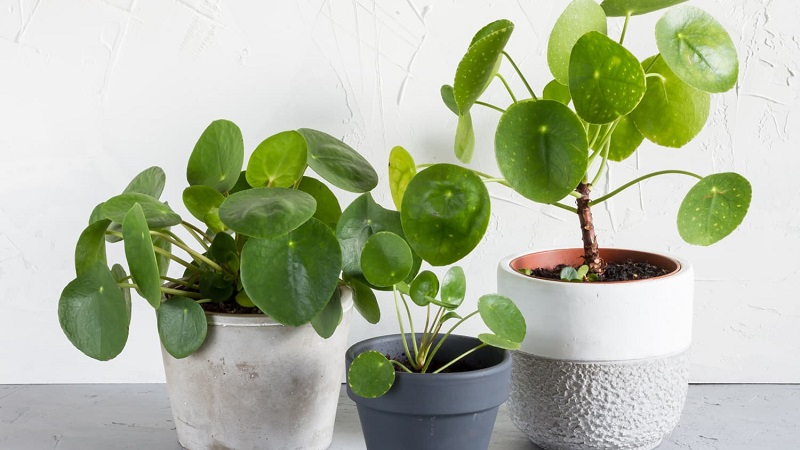
6. Yucca
This plant receives partial to full sun but also drains well. If there is any residual or standing water on the ground, yuccas will quickly develop root rot. Consider the size of the yucca plant when choosing a place to put it since some can grow to be quite enormous.
7. Airplants
Air plants require water and light. Simply clip the flower off as it dries out, and your air plant will continue to grow and eventually produce additional blooms. You should water your air plants once a week, though some can go up to two weeks without being watered.
8. Spider Plant
Spider plants need to be watered frequently in the first year of growth; after completely developed water moderately. Keep the soil moist during the spring and summer to encourage development. However, allowing the soil to dry out too much isn't a good idea. Spider plants thrive in temperatures ranging from 55 to 80 degrees Fahrenheit making them an excellent indoor houseplant.
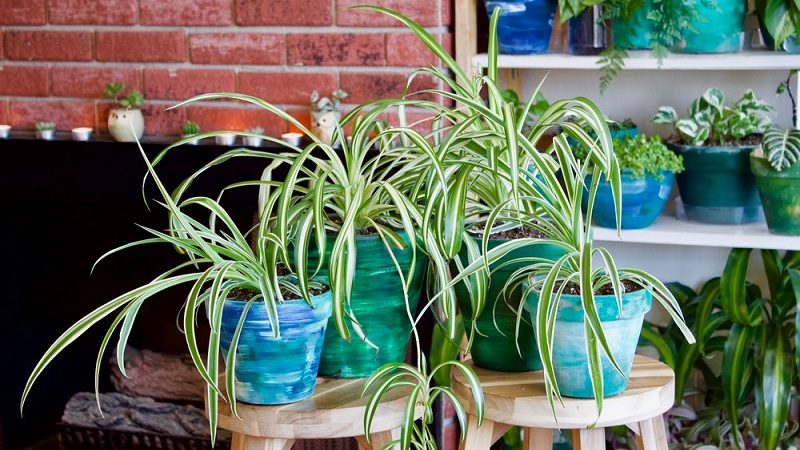
9. Peace Lily
Peace lilies are easy to care for. Keep these plants out of direct afternoon sunlight, but in a bright, well-lit area, as they are sensitive to chemicals commonly found in tap water, such as fluoride, which can cause brown leaf tips. Calcium oxalate, found in peace lily leaves, can cause stomach and respiratory irritation if consumed in significant amounts.
10. Aloe
Aloe should be placed in direct sunlight or artificial light that is bright and indirect. Low-light aloes are prone to becoming leggy. Temperatures between 55- and 80-degrees Fahrenheit are ideal for aloe vera. Most homes and apartments have optimal temperatures.
11. English Ivy
In the summer, English Ivy requires bright, indirect light, but it can also benefit from some direct light in the winter. It should be grown in well-drained soil. In arid climates, a thick layer of mulch keeps the soil hydrated. Ivies enjoy a slightly dry environment, so allow the soil to dry up a little. Keep indoor plants cold at night, below 60 degrees Fahrenheit.
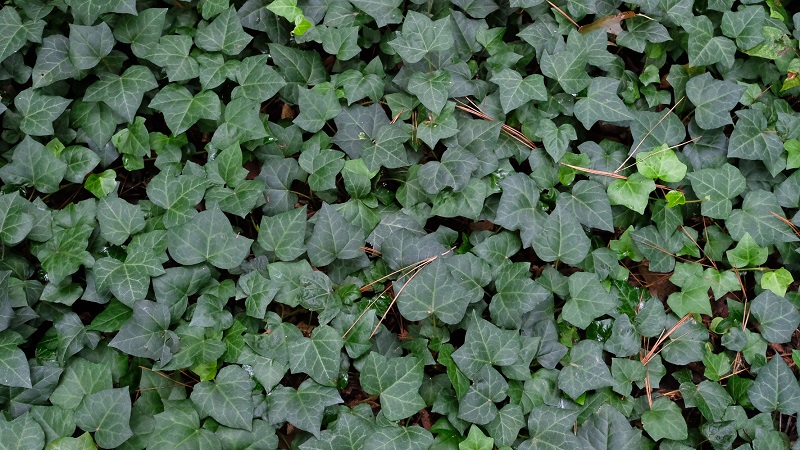
12. Dragon Tree
The optimal light for dragon trees is in direct sunlight, but they can also thrive in moderate shade. Use a loose, well-drained potting mix when growing dragon trees as a potted plant. It's simple to water the dragon tree too much. Wait until the top part of the soil is dry before watering to avoid drowning it.
13. Calathea
Calatheas only need to be watered every 1-2 weeks, allowing the soil to dry out halfway between waterings. This plant thrives in medium to bright indirect light, however, it can also tolerate low indirect light. It performs better at higher humidity levels, so you should consider using a fine-mist mister or humidifier to increase indoor humidity levels. Most houseplants like temperatures of 65°F to 85°F.
14. Rubber Plant
A rubber tree houseplant requires indirect, cool light. It should be maintained moist and watered at least once a week. It's also a good idea to spritz your rubber tree houseplant's leaves with water or wipe them off with a damp cloth.
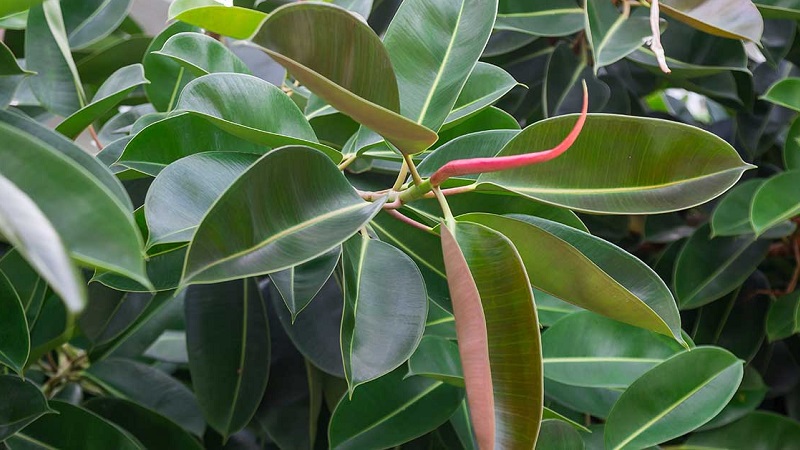
15. Bromeliad
The water in the pot should be emptied at least once a week to remove debris and dead insects that stagnant water attracts into the cup. They thrive in shallow pots and low-soil mediums like an orchid mix, a blend of bark, sphagnum moss, and other organic additions.
16. Ponytail Palm
Ponytail palms need dry soil to thrive, it's better to let them root before repotting. Use a pot an inch or two wider than the previous pot when repotting. If you place them into a larger pot, they may receive too much water at once, causing them to suffer from stunted development and poor health.
17. Phalaenopsis Orchid
This is a simple plant to grow; all it requires is a somewhat light windowsill or similar location. It should be watered every 7 to 10 days if it starts to dry up. Orchids should be fertilised with fertiliser and repotted with fresh orchid mix once the bloom is over.
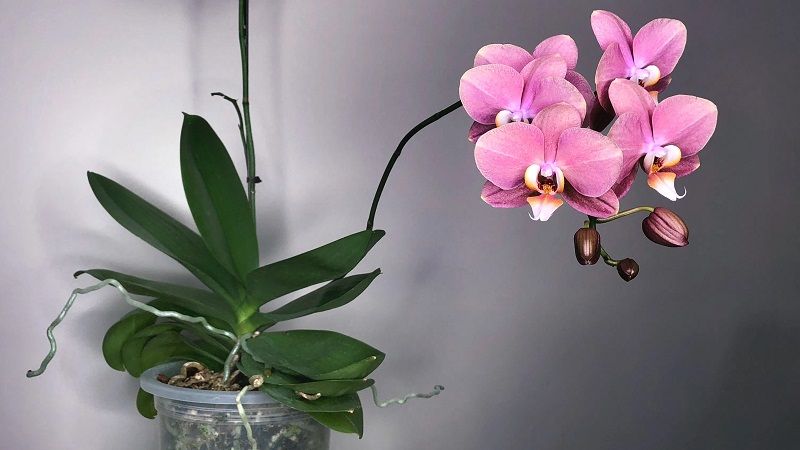
18. Philodendron
Philodendrons are low maintenance house plants that all you need to do is place the plant in a bright, indirect light source. Find a spot near a window where the sun's rays will never hit the plants. Allow the top inch of soil to dry up before continuing. Insert your index finger into the soil to check the moisture level. In the spring and summer, you should fertilise it once a month and every six to eight weeks in the fall.
19. ZZ Plant
Fortunately, the ZZ plant (Zamiculcas zamiifolia) doesn't require any specific planting soil; any well-drained potting soil will suffice. When caring for the plant, you should water it once a month with a balanced liquid houseplant fertiliser. Place your plant in low to bright indirect light and water once it is completely dried. The plant may bloom in mid-summer to early autumn.
20. Snake Plant
Snake plants are the easiest plant to take care of. Make sure you put them in the shade and don't overwater them, especially during the winter. It's preferable to let these plants dry out between waterings. If the plants are in a pot, a small amount of general-purpose fertiliser can be used, but that's it.
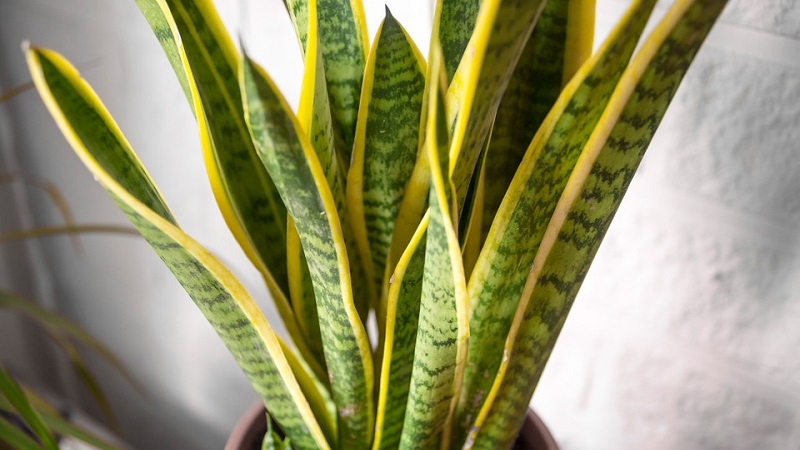
Overall, these 20 indoor plants all have something in common – they are all easy to look after. Most of them just need watering when the soil is dry and to be left alone. Therefore, if you're a busy person who wants to add some greenery to your home, these plants are perfect for you.

